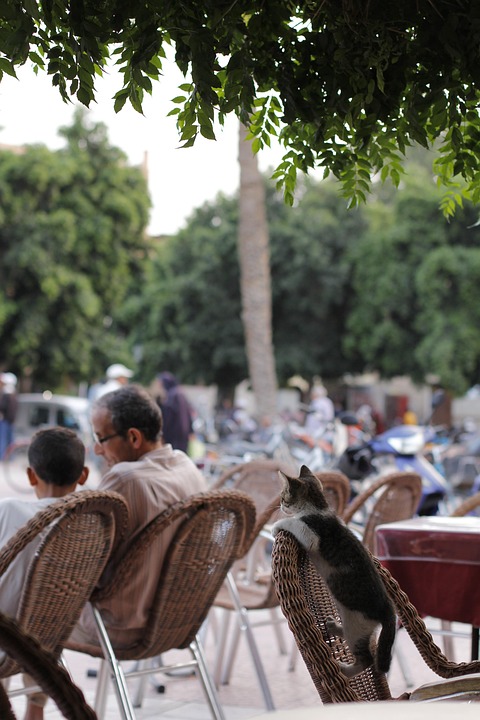Cats are fascinating creatures with a multitude of behaviors that often leave their human companions puzzled. One such behavior that has intrigued cat owners for centuries is pouncing. Understanding and appreciating pouncing behavior is crucial for cat owners to foster a harmonious relationship with their feline companions. In this article, we will delve deep into the enigmatic world of pouncing behavior in cats, uncovering the science behind it, decoding the triggers, unveiling the techniques, and providing tips for understanding and managing this instinctual behavior.
1. The Science Behind Pouncing: Unleashing the Inner Hunter
1.1 The Evolutionary Roots: Cats share an ancestral connection with wild cats, and pouncing behavior has been passed down through generations. Exploring the survival benefits of pouncing behavior sheds light on why it is such a prominent instinct in cats.
1.2 The Role of Instincts: Innate predatory instincts in domestic cats drive their pouncing behavior. We will delve into how these instincts are hardwired in their DNA, leading them to engage in this captivating behavior.
2. Decoding the Triggers: What Makes Cats Pounce?
2.1 Prey-Like Objects: Cats are fascinated by moving targets, and toys that mimic the thrill of hunting often trigger their pouncing response. We will explore why their instincts are heightened by prey-like objects.
2.2 Sudden Movements and Sounds: Cats have a heightened sensitivity to quick motions and noises. We will discuss why unexpected stimuli can trigger their pouncing response.
2.3 Playful Interactions: Social play and pouncing among kittens are common, and adult cats often engage in playful pouncing behavior. We will explore the role of play in their pouncing instincts.
3. Unveiling the Pouncing Techniques: Mastery in Motion
3.1 Stalking: Cats are masters of stealthy approaches. We will discuss the classic stalking behaviors that precede a pounce.
3.2 Leaping and Pouncing: The coordination of muscles and reflexes enables cats to perfect their leaps and mid-air maneuvers. We will explore the mechanics behind their pouncing techniques.
3.3 The Ambush Technique: Cats have a knack for camouflaging and patiently waiting for the perfect moment to pounce. We will observe their mastery of surprise attacks.
4. Understanding Pouncing in a Domestic Setting
4.1 Indoor vs. Outdoor Pouncing: The environment has a significant impact on a cat’s pouncing behavior. We will discuss strategies to encourage safe indoor pouncing and how outdoor experiences influence their instincts.
4.2 Interactive Playtime: Play is essential for cats to satisfy their hunting instincts. We will explore the benefits of engaging in interactive play sessions with your cat to fulfill their pouncing needs.
4.3 Providing Enrichment: Environmental enrichment plays a vital role in reducing excessive pouncing behavior. We will provide tips for creating a stimulating environment for your feline companion.
FAQs: Unraveling the Mysteries of Pouncing Behavior
FAQ 1: Why does my cat sometimes pounce on me? We will help cat owners understand the difference between playful and aggressive pouncing.
FAQ 2: Is it normal for my cat to pounce on other pets? Exploring territorial instincts and appropriate social behavior sheds light on this common question.
FAQ 3: How can I redirect unwanted pouncing behavior? Effective techniques to redirect pouncing onto appropriate targets will be discussed.
FAQ 4: Should I be concerned if my cat never pounces? Individual variations in pouncing behavior will be explored to address this concern.
Conclusion:
Understanding pouncing behavior in cats is crucial for cat owners to foster a harmonious relationship with their feline companions. By embracing and appreciating their natural instincts, and providing appropriate outlets for their pouncing needs, cat owners can ensure a fulfilling and enriched life for their beloved pets. So, let’s unravel the mysteries of pouncing behavior and unleash the hunter within our feline friends.








